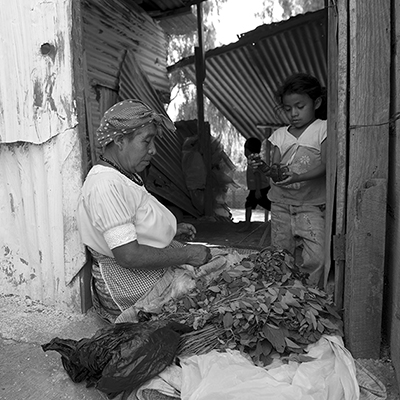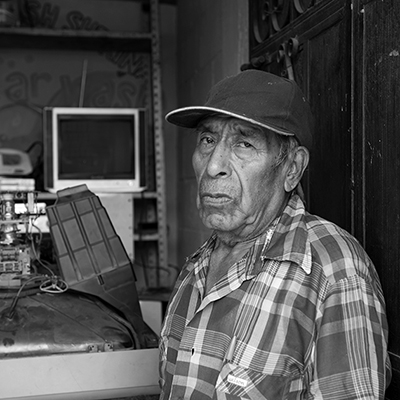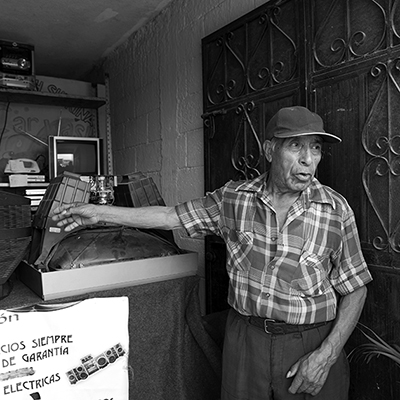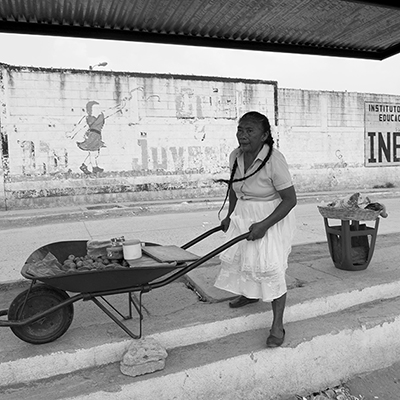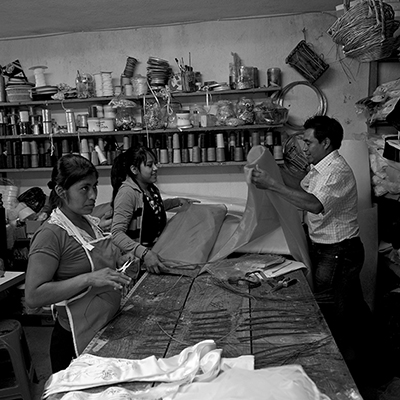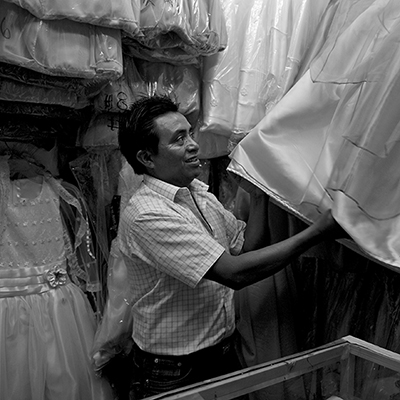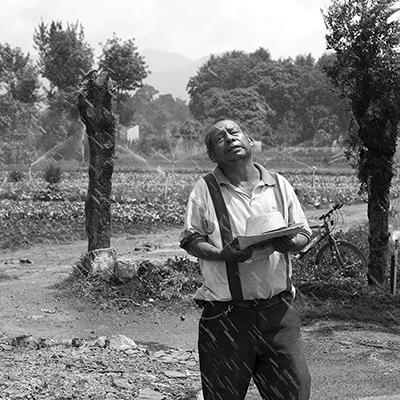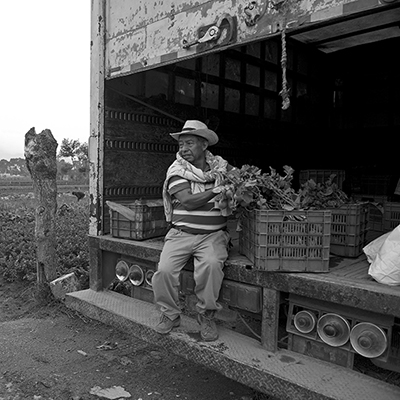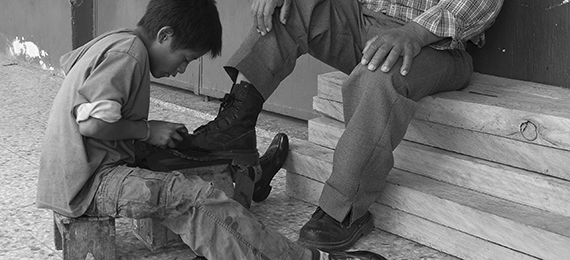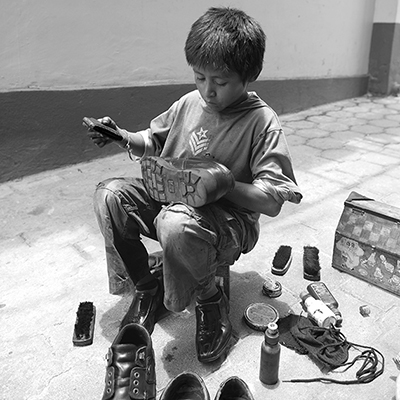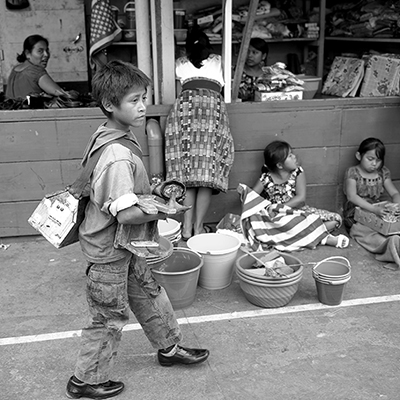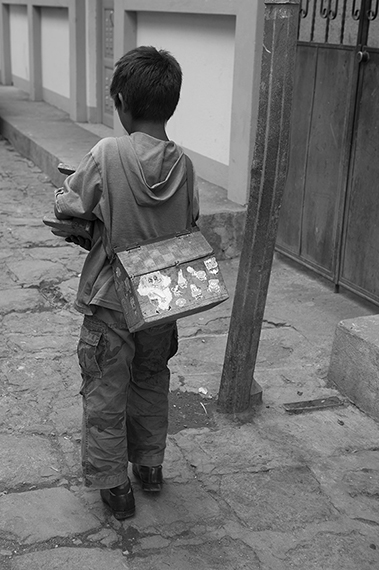I'm currently living in Guatemala, and working on an ongoing project with Global Fairness Initiative (GFI), an American non-profit organization, based in Washington DC. The project has been a documentary of the informal sector living in Guatemala and is called 'The Voiceless Majority'.
Here's a summary of what the project is all about:
In Central America, on average, 50% of the labor force works in the informal economy. In Nicaragua alone 7 out of 10 jobs are created in the informal economy and in Guatemala the rate is even higher. The informal economy in the region is characterized by vulnerability and diversity composed of wage employees, the self-employed including small-scale farmers, domestic workers, home-based workers, and micro-enterprises. Informal workers generally do not have access to government benefits such as social security or health care, are highly exposed to market fluctuations, and broadly lack physical and financial security.
Informality creates an alternative or shadow economy, which is not recorded in macro-economic terms, shrinking the perceived gross domestic product (GDP) and limiting formal exports, financial transactions, and technological investments. The formalization ceiling prevents micro-, small, and medium-sized enterprises (MSME) from fully participating in economies of scale, hindering their competitiveness in global markets. Informality also eats away at government capacity, reducing the tax base and segregating the population from its leadership.
Like food security or poverty reduction, informality is one of the major development issues of our time and should be addressed with comprehensive strategies and programs aimed at its root causes. Yet informality remains the domain of white paper reports and not of field based interventions, despite economic impact that it creates in developing nations. So why would an issue of such significance stay in the academic sphere while related issues like poverty are mainstreamed into development initiatives? We believe the reason is the image.
When you ask someone “what is poverty” an image jumps into their head. It’s the destitute farmer on a drought ridden plain standing outside a dilapidated home, or it’s the tattered rag picker squatted on a busy street in Dharavi. Ask the same about food insecurity or gender inequity and an image comes to mind. But, ask about informality and there’s no image, thus no story, no context, no response to drive action.
The Voiceless Majority photography project is aimed at providing an image and story on informality by exhibiting the experience and “face” of the informal sector. The project will display a collection of photographs of the lives and livelihoods of 6 informal sector workers from Guatemala. For each series audio recordings of the actual subjects will broadcast to provide a combination of “face” and “voice” that tells the story of an informal worker and thus personalizes “informality.”
Each story will become a blog post. I will update this blog post with links to each of the new posts:
Ernesto Alfredo
Victoria Caal
Teresa Goutierez De Garcia
Blas Calan Tuye
Marcaria Velasques
Sebastiana Ixchel Suy Morales
Victor Manuel
Umberto Gladius Algeta
Antonio Caj Chun
José Enrique Choc Xicay






